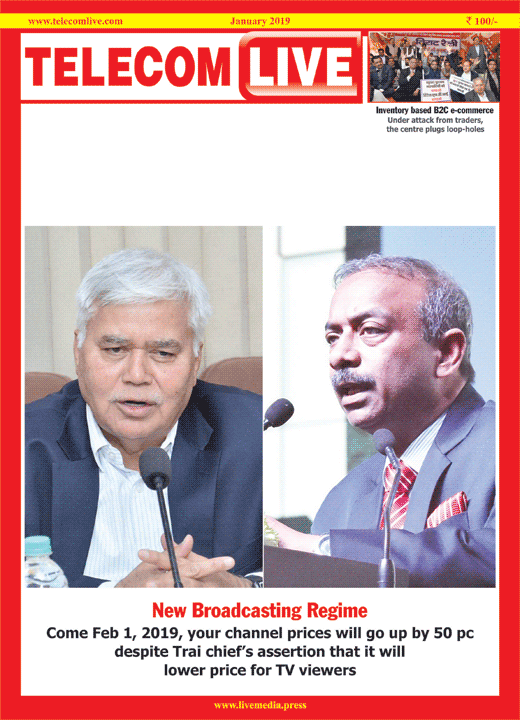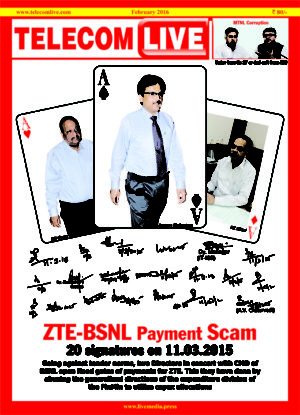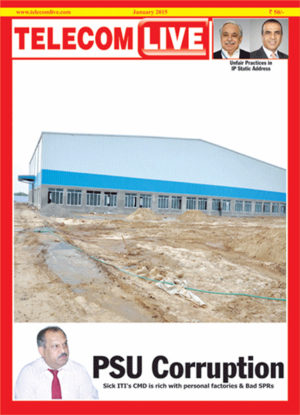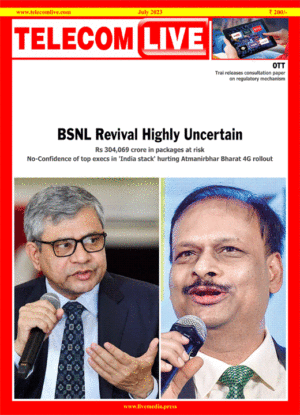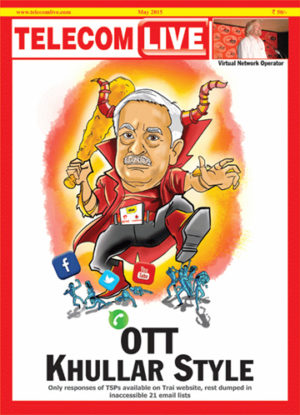The new broadcasting regime will come into effect from Feb 1, 2019. It will make channels for the consumers dearer by 50 per cent. This hike in channel pricing will happen due to three reasons.
First, due to non-implementation of 15 per cent cap on discounts under bouquet. Second, due to non-reduction of cap (presently at Rs 19 per month) on individual channels being offered under bouquet. Third, some broadcasters are dictating price and restricting choice by promoting their own bouquet, deliberately making individual channels expensive.
The price rise will happen despite Trai’s assertions to the contrary. To push for early implementation of the new regime, Trai has put 12 scenario of possible combinations of channels in different bouquets, showing them to be attractive for the consumers. However, our analyses of these examples show how the tariff under new regime will still be higher by about 50 per cent compared to what a TV viewer is paying now.
Star, in order to protect its own revenue, has been obstructing implementation of Trai’s regulations through legal challenges. Finally, when Trai cleared all the hurdles by way of apex court’s ruling in Oct 2018, it is still not able to gather enough courage to implement 15 per cent discount cap and reduce cap of Rs 19 per month for channels under bouquet.
By such inaction, Trai is encouraging bundling to be in the hands of broadcasters instead of allowing it to be decided by the distributors. After all, the distributors know well the local markets and can bundle the channels in a consumer friendly manner.
Our cover story presents a true and fair picture of the new broadcasting regulatory regime and its on-ground fallout impacting the consumers negatively.
